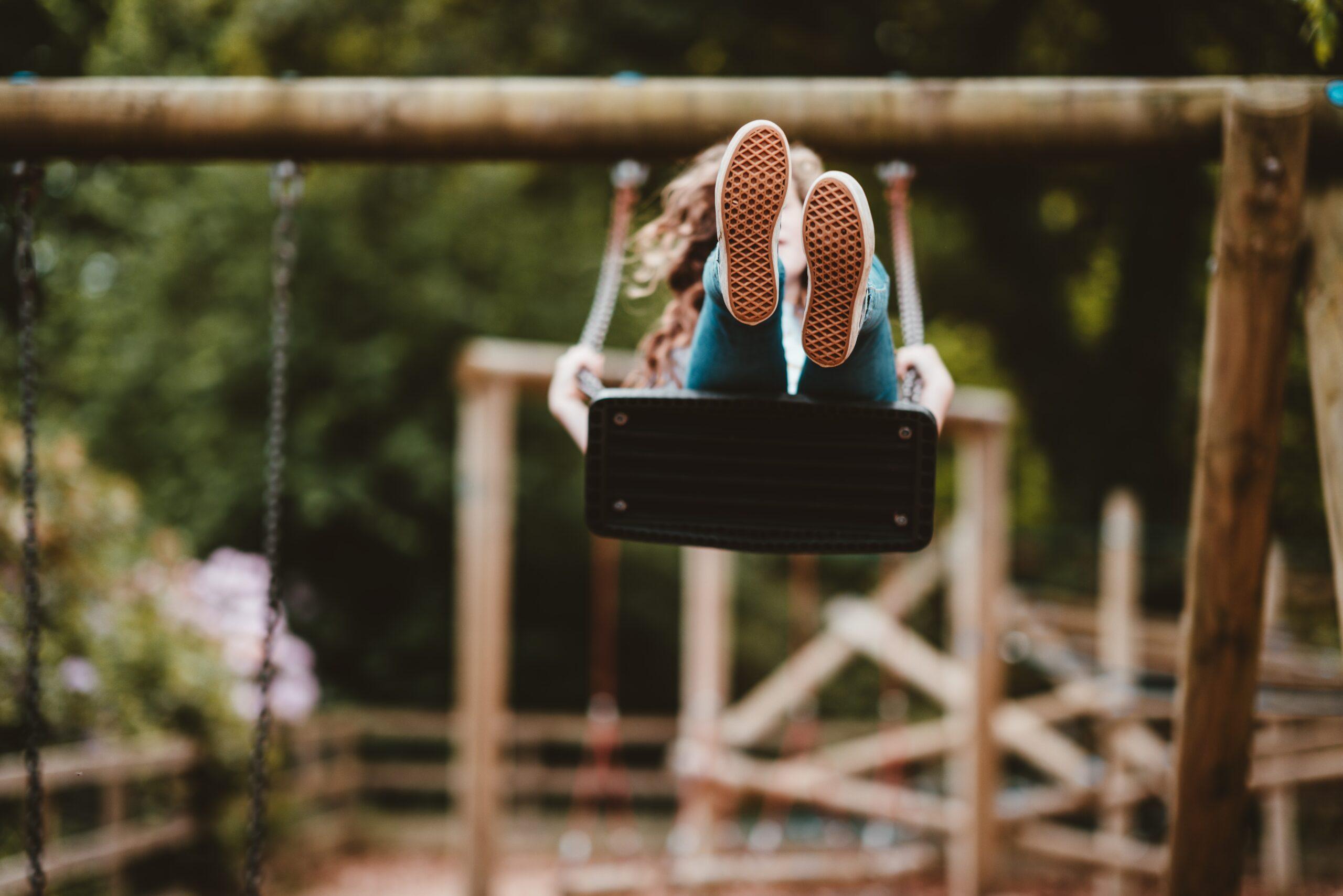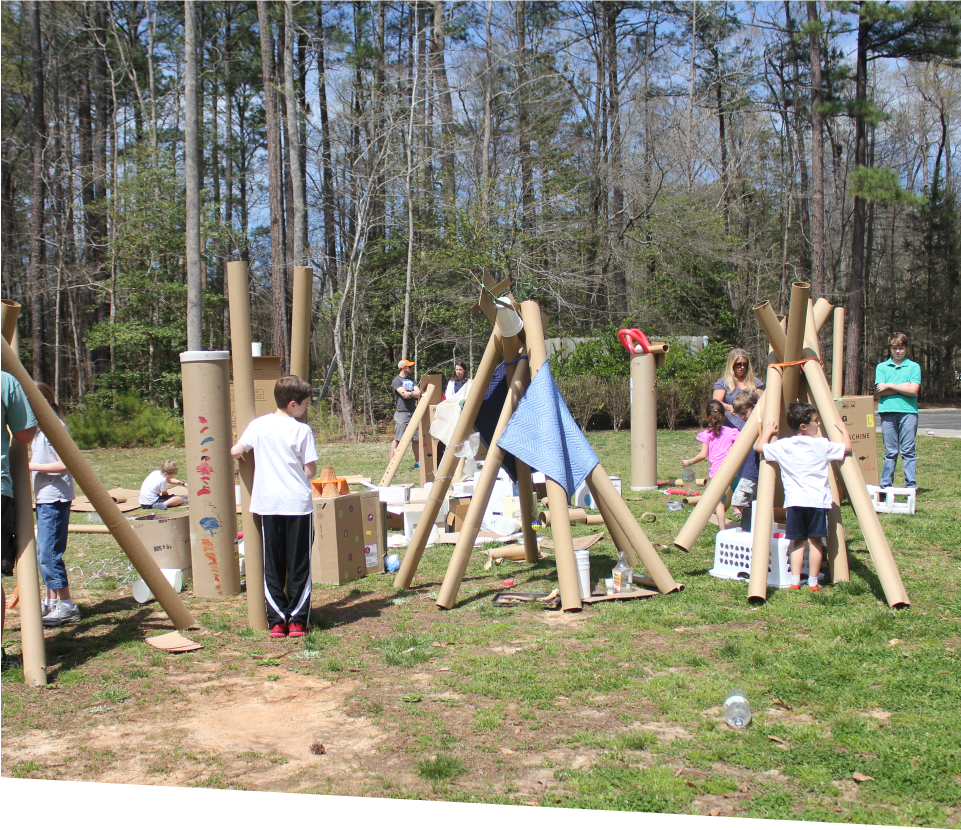As parents, we’re always searching for ways to help our kids become the best and brightest of their generation. It’s a competitive world and only becoming more so. How can we improve their problem solving skills, make them smarter and more well-rounded? How about letting them play more?
We often worry when our children are outside playing in the dirt instead of focusing on activities that we perceive will get them ahead in life. How will little Suzy ever become C.E.O. when she’s building castles in her sandbox on a Saturday afternoon while little Jenny from next door is off to her third extracurricular activity of the day? However, I would argue that the child who takes time to play in the dirt might actually be the one gaining the advantage.
What is play?
Play is a voluntary activity that occurs within a framework of agreed-upon rules. Kids may set rules at the beginning of a game by saying, “You hide, and I’ll try to find you.” But rules often emerge and evolve in a natural, spontaneous way as playtime progresses. The seeker might announce that he is going to change each friend he finds into a magical creature. A parent checking in on these kids a while later will likely find a complex and intricate game with its own internal logic that bears no resemblance to hide and seek.
Even though play involves its own internal logic and rules, no one involved knows exactly how things will unfold. This lack of knowing is so fundamental that the moment things become predictable, play ends. Can you imagine playing Monopoly if you already knew who would win? Winning might seem like the end goal, but it’s not. The goal of play is to play.
How does play increase a child’s capacity to solve problems?
To play successfully, one must adhere to rules, but at the same time be able to improvise. In the hide-and-seek game, defined “hider” and “seeker” roles hold the game together. Being able to improvise adds the excitement of the unknown, which keeps players engaged. Players take on leadership roles in developing the game by either adapting the rules themselves, or by saying, “Yes,” or “No” to others’ suggestions. The game is a practice of being with the unknown and figuring it out.
Successful problem solving requires these same skills. To come up with solutions to problems, you need a structured approach in addition to the ability to take the lead and make things up as you go along. Kids who play throughout their childhood get to practice these skills.
Stuart Brown, founder of the National Institute For Play, explains that play helps kids learn about their environment and the rules of engagement. Play allows for a penalty-free rehearsal, where kids can imagine and experience situations they have never encountered before. They can create possibilities for themselves that otherwise would never have existed.
Parents who understand the value of creativity often send their kids off to ballet, violin or piano lessons. While learning a pirouette or a Mozart sonata does teach rhythm, grace and technique, these activities should be complemented by the world of free play.
What happens if kids do not have enough time to play?
Diane E. Levin, expert in play and child development, believes that kids who lack play-time experience challenges in critical thinking and problem solving. These kids, she explains, are bored easily, feel anxiety when facing unstructured activities, lack creativity and have difficulty resolving conflicts. They are more at ease when told what to do, and therefore, prefer highly structured activities. When they do have free time, they do not know how to entertain themselves and rely on TV and video games to do the job for them.
The good news is that turning this trend around is as simple as giving your kids time to play and the right tools with which to do it. Structured academics and lessons are still important, but make sure your kids are not over-committed so they still have time to play. Give them toys and games that allow them to take the lead.
Why do youngsters today play less than generations past?
- Play activities have been replaced with media, such as TV, video games and movies, which involve children in worlds of someone else’s making.
- Highly structured toys tell children what and how to play.
- A growing emphasis on academic curricula leaves little time for much else.
- Parents’ tendency to over commit kids to organized activities leaves them with limited leisure time.
- Our increasingly commercial culture teaches children what they should do and who they should be, rather than allowing for self-discovery.




